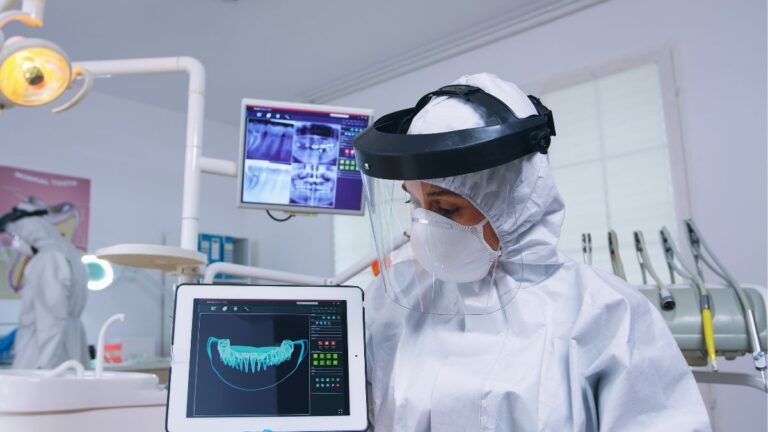The evolution of the dental experience has increasingly emphasized clinical precision and patient comfort. Modern techniques and technologies now focus on making every dental visit as pleasant and stress-free as possible. This shift aims to alleviate common fears associated with dental check-ups, ensuring patient comfort is at the forefront of dental care strategies.
Why Patient Comfort Matters
Patient comfort is a significant determinant in oral health management. Dentistry is transforming today. A Family Dental Care environment is a blend of art and science. Many individuals avoid or delay dental appointments due to prior negative experiences. These delays can lead to the worsening of dental issues, creating more complex health challenges. Comfortable dental visits help build trust, encourage regular visits, and foster long-term relationships between patients and oral health professionals. This, in turn, enables better oral health outcomes and a more personalized approach to each patient’s care.
Innovations Enhancing Dental Comfort
Sedation Techniques
Dentistry has made great strides in pain and anxiety management through various sedation techniques. Options now range from mild sedatives and nitrous oxide to more advanced methods like intravenous sedation. These techniques are carefully chosen to suit the patient’s level of anxiety and medical history, ensuring procedures are not just bearable but even relaxed. This approach is particularly advantageous for individuals with high dental anxiety, allowing them to receive necessary treatments in a stress-free manner. At Logan Dental Care in Bellefontaine, Ohio, these sedation options are tailored to provide comfort and ease throughout your dental experience.
Technological Advancements
Dental technologies have significantly advanced, offering patients more comfort and precision. For instance, traditional molds for creating impressions have mainly been replaced by digital impressions. This method employs special scanners that comfortably capture accurate 3D images of the teeth and gums. A recent study has highlighted these advancements, noting their role in reducing the discomfort associated with dental procedures. Such technological innovations pave the way for quieter, faster, and less invasive dental treatments.
Designing a Welcoming Dental Environment
The design and ambiance of a dental office play a crucial role in patient perception and comfort. Elements such as calming color palettes, ergonomic furniture, and soft lighting can transform a clinic’s often-sterile environment into a safe and welcoming space. Some clinics complement their design with soothing sounds or aromatherapy, all aimed at easing patients’ apprehensions about their visit. A well-designed dental environment doesn’t just enhance comfort—it reflects the practice’s commitment to patient-centric care.
Communicating Effectively with Patients
Clear and empathetic communication is vital in ensuring patient comfort. Dentists who take the time to explain procedures thoroughly, listen intently to patient concerns, and provide reassurance can significantly lower stress levels associated with dental visits. Effective communication involves verbal interaction and non-verbal cues such as eye contact and attentive listening. Patients who feel understood and informed are more likely to trust their dental professionals and engage actively in their care process.
Real-Life Success Stories
Numerous dental practices have documented substantial improvements in patient satisfaction due to enhanced comfort measures. One practice, for example, integrated [case studies](https://www.healthnews.io/case_studies/enhancing-patient-comfort/) to innovate their approach by prioritizing patient experience through new tools and training, resulting in increased loyalty and positive reviews. Such success stories underline the benefits of adopting a patient-first approach, demonstrating that comfortable care yields satisfaction and retention.
How to Choose the Right Dental Practice for You
Selecting a dental practice that prioritizes comfort can be pivotal for oral health. Prospective patients should look for clinics that offer a range of sedation options, demonstrate a commitment to using the latest technologies, and strongly emphasize patient communication. Recommendations from friends or family and online reviews focusing on patient experience can offer invaluable insights into a practice’s comfort-first approach.
Conclusion: The Future of Dental Comfort
As dental practices continue to innovate, the focus on patient comfort is set to intensify. Future trends may include more personalized care plans and technology-driven experiences tailored to individual needs. By keeping patient comfort at the forefront, the dental industry enhances oral health outcomes and fosters a more positive perception of dental visits. This shift towards a comprehensive, patient-centered approach heralds an era where dentistry is practical and empathetic.

